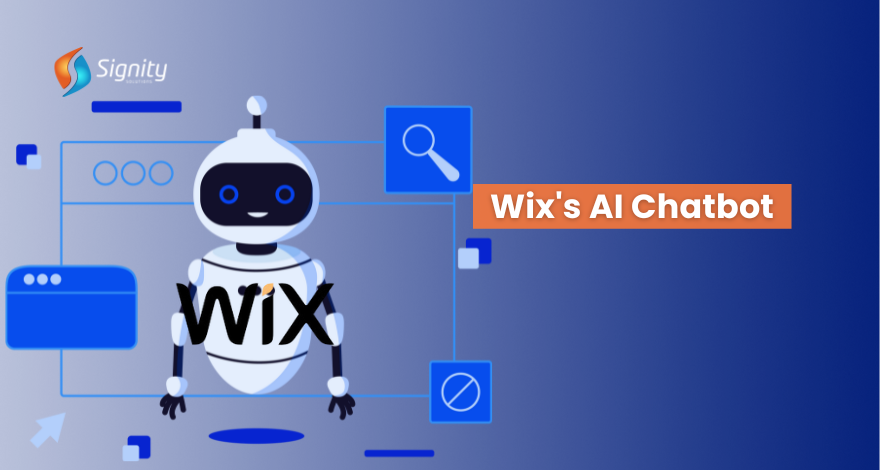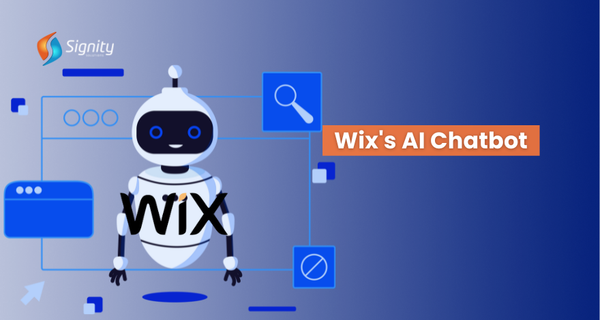AI & Machine Learning Roadmap (No Fluff)

Hi — I'm Harry from CodeWithHarry. If you're thinking about a career in AI, machine learning, or data science, this roadmap is for you. The field is exploding right now: the machine learning market is projected to grow by 17% in 2024 and is expected to grow at around 34% over the next 10 years. India is on the verge of becoming a global ML powerhouse, and skills in data science and ML are among the most valuable you can learn today.

Why learn Machine Learning (and why now)?
- Demand for ML/AIML skills is skyrocketing across industries.
- Average salaries (as seen in recent trends) are around Rs 7–14 LPA — and if you master the field or build widely used models/products, there’s no upper limit.
- Knowing AI doesn’t make your job vulnerable — it makes you indispensable. As the saying goes:
"You will not be replaced by AI. You will be replaced by someone using an AI."
Do you need a degree?
A degree helps — mathematics, computer science or similar are useful — but it’s not mandatory. I graduated from IIT Kharagpur (silver medal), but I want to be clear: what matters most is skill. If you focus on the right skills and projects, you can build a top-tier career in ML even without a "good" college name.
The step-by-step roadmap
This is a practical, project-focused path you can start following today.
- Learn Python (first and foremost)Python is the lingua franca of ML. Most ML libraries, codebases and research examples are in Python (TensorFlow, PyTorch, scikit-learn, etc.). Python is easy to learn and lets you access the entire ecosystem. If you need a refresher, start with a short Python course and Jupyter notebooks — then move on.
- Master NumPyUnderstand n-dimensional arrays: shape, flattening, indexing, broadcasting. The NumPy Quick Start Guide is an excellent, concise resource. You don't need to memorize every function — but be comfortable with arrays because most ML internals use them.
- Learn Pandas deeplyPandas is essential for data manipulation and cleaning. Learn to read CSVs, handle missing values, groupby, joins, pivoting and time-series basics. If you only know a little Pandas, you'll struggle when building real ML pipelines. The official "10 Minutes to Pandas" is a great quick start.
- Get comfortable with visualizationMatplotlib (and seaborn) help you explore and debug data. Visualizations reveal distributions, outliers and relationships that drive modelling decisions.
- Math for ML — just enough to startBasic linear algebra, probability and statistics are necessary. But don't get stuck trying to master linear algebra for months before you code. Learn the basics first, then deepen your math as you encounter concepts in projects.Recommended reading and notes (use as references rather than cover-to-cover reading):
- Probability & statistics reference books (use them as a workflow resource)
- Queen Mary University notes (great for quick conceptual clarity)
- Start core Machine Learning with scikit-learnBuild supervised models (linear regression, logistic regression, decision trees, ensemble methods). Learn gradient descent and the intuition behind algorithms. A hands-on project — for example, an end-to-end house price prediction — is indispensable: preprocess data, train multiple models, compare metrics, and choose the best model.
- Unsupervised learning & clusteringStudy clustering algorithms and dimensionality reduction. The book "Mining of Massive Datasets" is a strong resource for unsupervised methods and large-scale thinking.
- Move to Deep LearningLearn TensorFlow and PyTorch once you're comfortable with ML basics. Hands-on practice with neural nets, CNNs for images, RNNs/transformers for sequences, and experimenting with real code is critical.
- Build projects and run research codeVisit GitHub — try to run research code locally or on Google Colab. Even if an image model takes an hour per image, run it once. Try open-source LLMs using tools like Olama to run models locally. Practical exposure builds confidence and understanding faster than passive reading.
Books and resources I recommend
- Hands-On Machine Learning with Scikit-Learn and TensorFlow — a comprehensive, code-first book that explains both theory and practical pipelines. It’s detailed and very hands-on.
- Python for Data Analysis by Wes McKinney — the go-to book for Pandas and practical data work. Start here if you're a beginner with data manipulation.
- Mining of Massive Datasets — great for unsupervised learning and scalable approaches.
- NumPy Quick Start Guide and the official "10 Minutes to Pandas" — great short tutorials to get productive quickly.
- Probability and statistics reference books — keep one as part of your workflow to consult when needed.
How to learn (practical tips)
- Don’t try to read every book cover-to-cover. Use books as references and learn in a project-driven way.
- Do one end-to-end project with scikit-learn — preprocess data, try multiple algorithms, compare results, tune hyperparameters and deploy a simple model. This experience is non-negotiable.
- Avoid skipping basics: if you jump straight to scikit-learn or deep learning without solid Python, NumPy, Pandas and basic math skills, you’ll struggle and get demotivated.
- Use Google Colab when you don’t have a powerful machine. Run open-source models, experiment, and learn by doing.
- Keep learning iteratively. If a math concept appears in a project, pause and learn that concept deeply — this is more effective than abstract studying.
Common mistakes to avoid
- Spending months only on linear algebra before touching code — learn math as needed.
- Skipping NumPy/Pandas and jumping directly into ML libraries — foundations matter.
- Thinking that certificates replace real projects and practical experience.
Summary — the quick path forward
- Start with Python and Jupyter notebooks.
- Learn NumPy, then Pandas and Matplotlib.
- Get a working knowledge of probability & basic linear algebra.
- Build at least one complete supervised ML project using scikit-learn.
- Study unsupervised learning and clustering.
- Move to deep learning with TensorFlow/PyTorch and start running models from GitHub.
- Keep learning via projects, not just books.
Data science and machine learning are among the most promising career paths today. Start small, stay consistent, and focus on projects. If you build the right skills, the opportunities are huge — from high-paying jobs to creating global products.
If you'd like a structured route, I’ve put together a complete data science course and a downloadable roadmap PDF to help you follow these steps in a guided way. Stick to the process, build projects, and enjoy the journey. See you on the other side!


